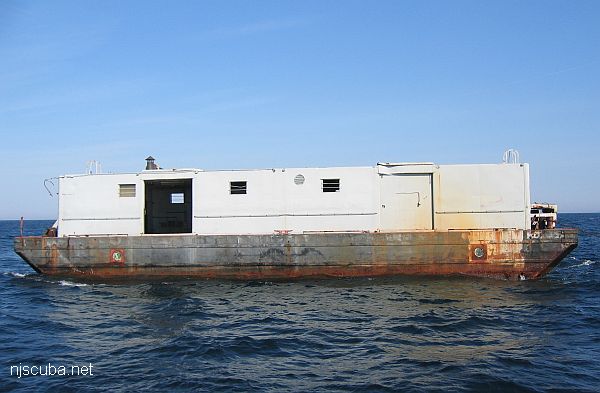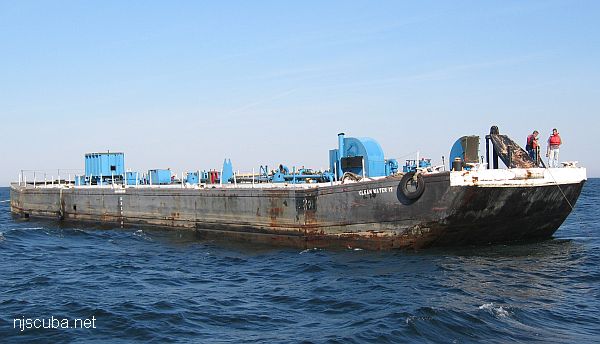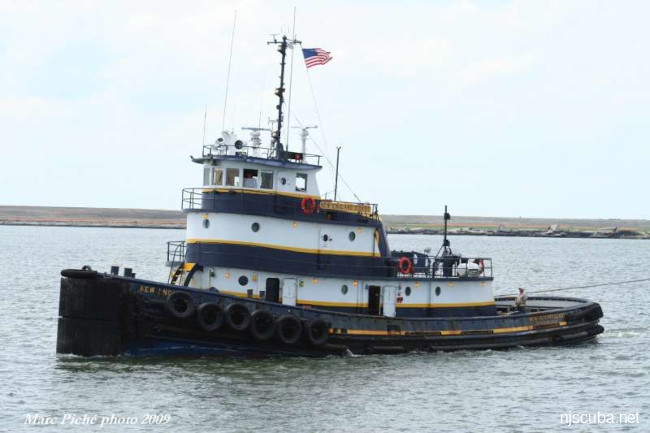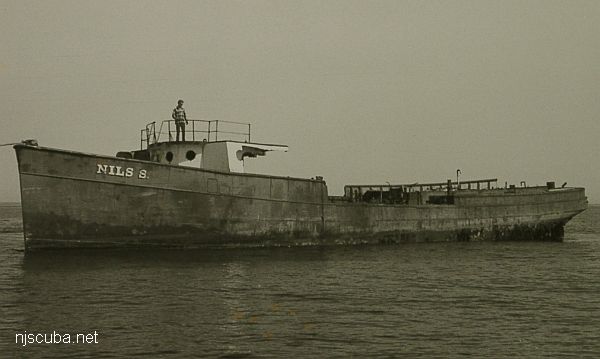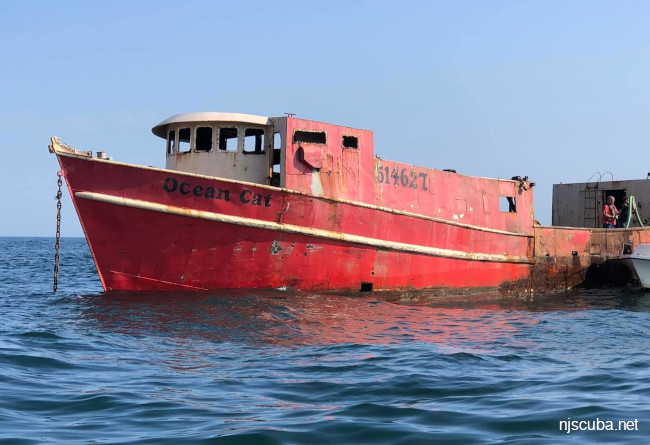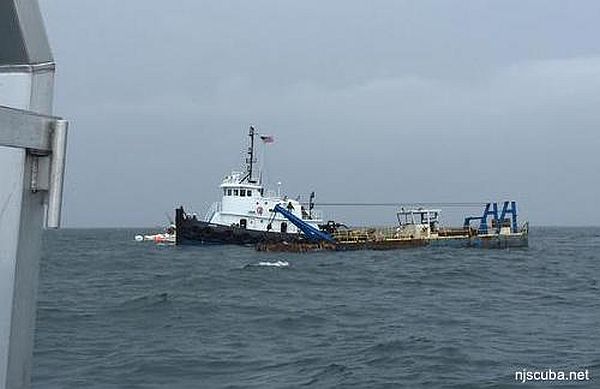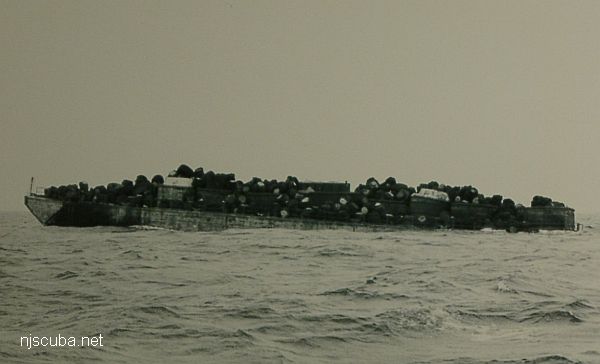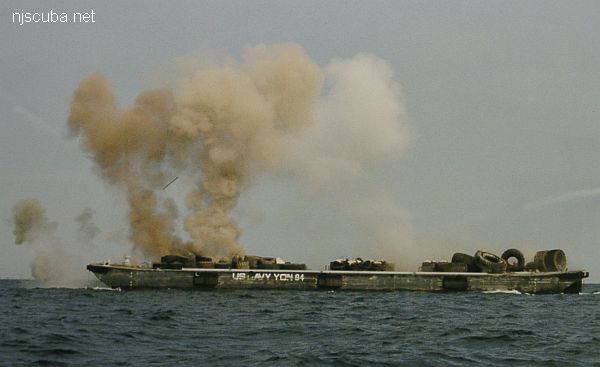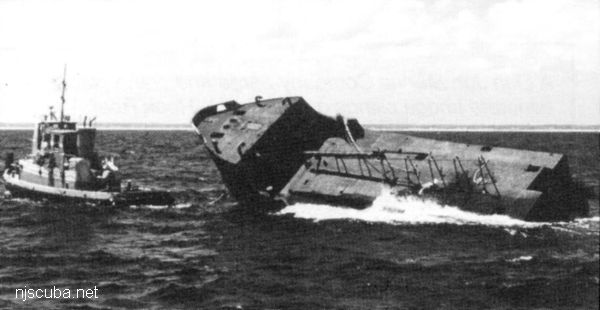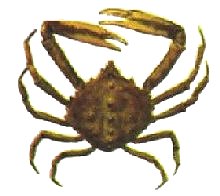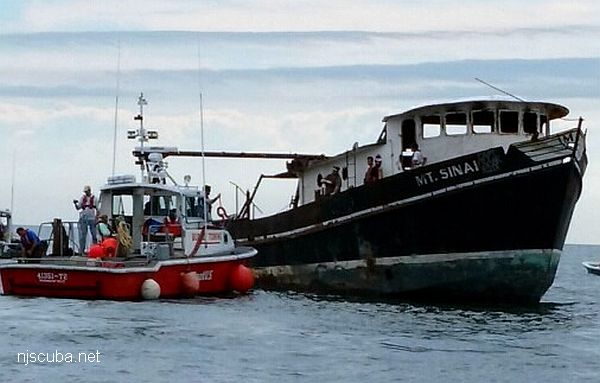
- Type:
- artificial reef, trawler
- Built:
- 1979, Gulf Coast Marine Builders, Bayou La Batre AL as Scott & Mike
- Specs:
- ( 87 ft ) 135 gross tons
- Sunk:
- Tuesday June 27, 2017 - Manasquan Artificial Reef
- GPS:
- 40°04.980' -73°59.410'
- Depth:
- 75 ft
More: Mount Sinai ...

